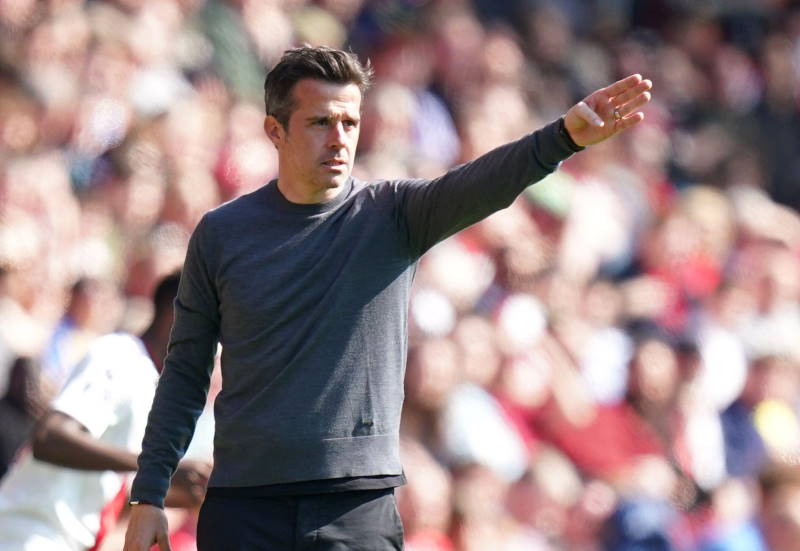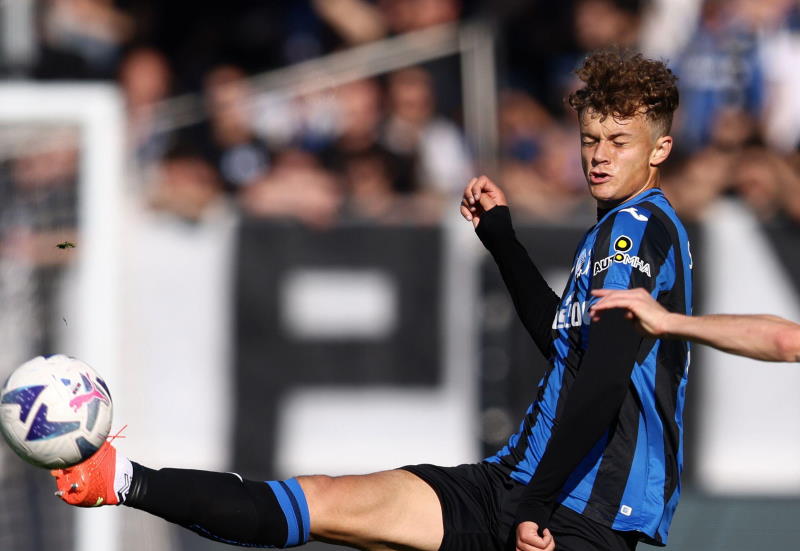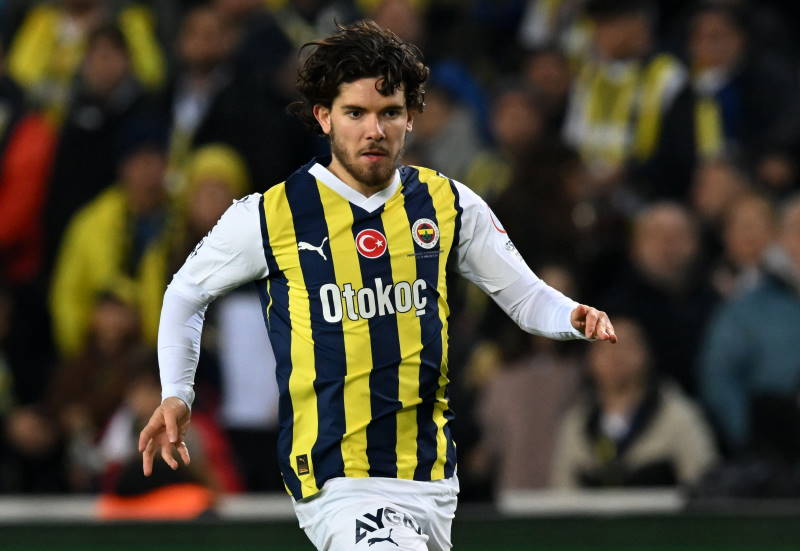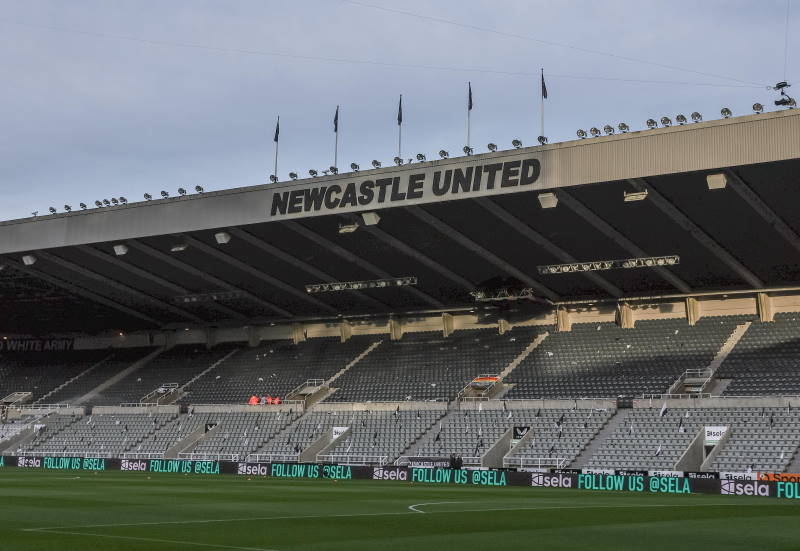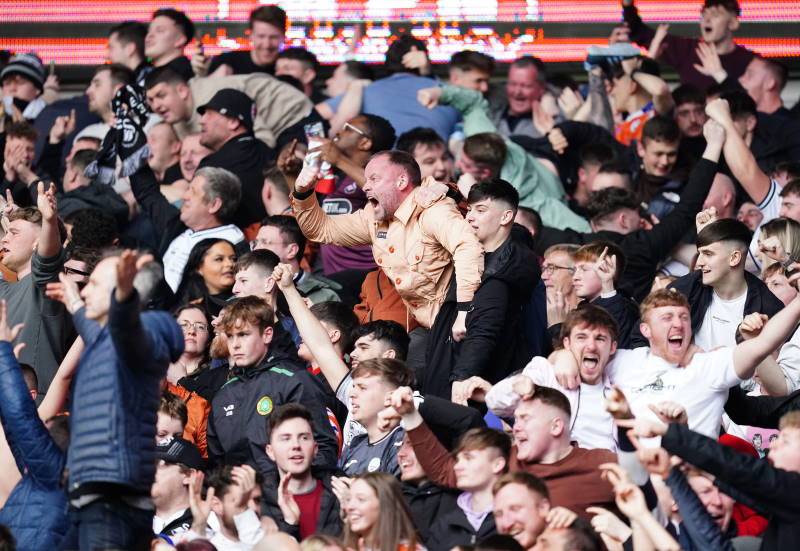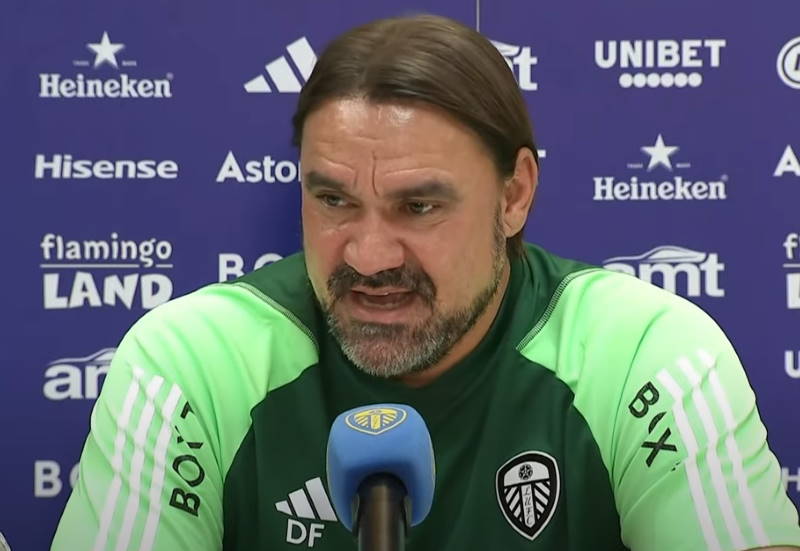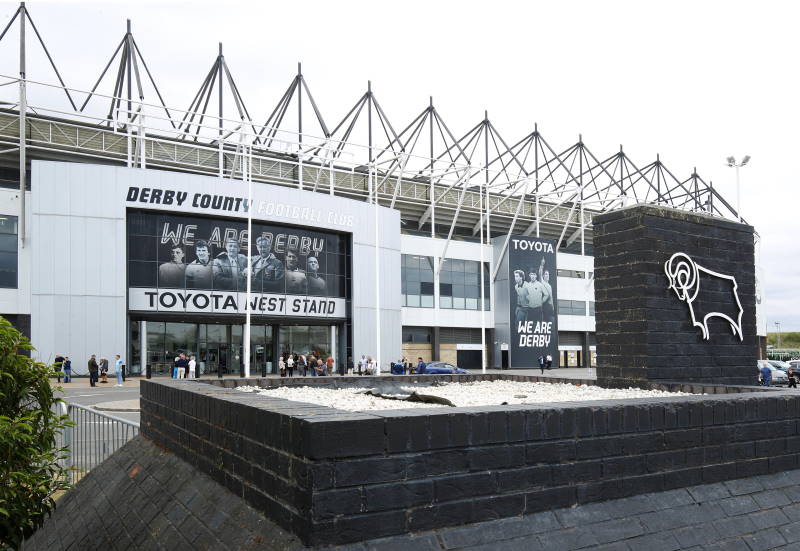
Arsenal’s woes are discussed and dissected on a daily basis, with the worst run in the club’s history plunging their fans into despair. The diagnosis is familiar: The absence of a proper defensive midfielder, no organisation defensively, a lack of height, experience or English players.
The truth, as always, lies in a mixture of all these. Arsenal have a lack of organisation at the back exacerbated by their small size, one adequate defensive midfielder who does more attacking than defending and a loss of identity brought about by dismantling the ‘Invincibles’ of 2004 just as the club left their Highbury home. And the neglect of older players has long been a major Arsene Wenger failing.
But perhaps the biggest issue for Arsenal is tactical. When Wenger arrived in 1996, the Premier League was relatively primitive in this area and few teams had cohesive tactical plans. With a revolutionary approach to the game, the North Londoners’ fitness improved and Wenger’s training scheme instilled in the squad the short passing mentality which has become their forte. In a league of out-of-date tacticians, this was always going to be successful. Ajax, AC Milan and Barcelona have shown in the past that quick passing and intelligence always trump strength and fast long balls forward, and so it proved, with Arsenal winning the double by 1998.
But since then, tactically astute foreigners have come to dominate the Premier League, both on the pitch and in the dugout. Sir Alex Ferguson, the master of tactical adaptation, saw Wenger’s system and, prompted by a dominant Real Madrid display at Old Trafford in 2000, worked to make his team play a more technical version of the game, allied with the traditional English spirit and pace. Dominance came, until 2002, when Arsenal won the Premier League without losing a match away from home, and of course two years later, went unbeaten.
Since then something has gone wrong. The Gunners did not stop passing the ball with unrivalled efficiency. But the most significant feature of Arsenal’s play at this time was the speed of their counter-attack. Once the opposition had been drawn up the pitch, the Emirates outfit would strike with ruthless speed on the break.
As tactics became more enhanced, with Jose Mourinho and Sam Allardyce instituting functional systems with one player up front, the 4-5-1 became increasingly fashionable, and the answer to Arsenal’s play was discovered. A narrow defence meant that when Wenger’s men tried to go wide, with an effectively smaller pitch, there was less space to play their intricate through balls. Similarly, the deeper a defence plays against Arsenal, the less space can be created, as they cannot force the opposition’s defensive line back any further. Added to this, the Gunners’ full backs failed to get forward with the effectiveness of former full backs Lauren or Ashley Cole. As Dani Alves shows at Barcelona, rampaging full backs are crucial for passing teams who play a high line and need to create space in the attacking third.
Once an Arsenal move broke down, opponents could then counter-attack, with the Gunners’ new found lack of organisation and defensive height meaning that it was easy for teams to get the ball forward as well as keep it there.
Wenger then adopted a new system, Barcelona’s 4-3-3 formation. The Frenchman was right to identify this as the solution, but seems not to have understood the tactical implications of implementing this. The formation meant that Arsenal could once again dominate in midfield, something they had struggled to do since three-man midfields became the norm in England, whilst also allowing them to keep the forward line fluid, with two wide players and a centre forward combining with advancing midfielders and full backs when in possession.
One of the problems with the way Arsenal have played this system is personnel. In the 2009/10 campaign, with both Robin van Persie and Nicklas Bendtner injured, Wenger turned to Andrei Arshavin up front. But the 4-3-3 requires a centre forward who can play with his back to goal, and bring others into play. The Russian, gifted as he may be, was capable of neither, and opponents took advantage by allowing Arsenal to push them back into their half, knowing that when the ball was played into Arshavin, it would not stick, and that they could then break and pick Arsenal off on the break, taking advantage of their defensive anarchy.
And such anarchy existed because of the bigger gap between the defence, midfield and attack created by a 4-3-3 which places its emphasis on stretching the play. Barcelona have a pressing system which compensates for such large gaps defensively. Teams would normally look to take advantage of the larger space afforded if their opponents are playing a 4-3-3, but Barcelona stopped this by ensuring that the man in possession is confronted from all angles within five seconds of receiving the ball, and if the ball was not won in this time, they would retreat and regroup defensively. Not even Jose Mourinho, armed with hundreds of millions at Real Madrid, has yet found a solution to this system.
Arsenal have failed to apply the pressing system correctly in two ways. Firstly, they do not have the constant pressure on the ball from all players. Whether this is bad coaching or players not following instructions is hard to tell, but the system cannot afford an Arshavin, whose lack of pressure on the ball will expose team-mates – and Arsenal seem to have too many of these. The system requires wingers to track back, but the club’s 4-3-3 means the wingers are coming back from further than they used to in a 4-4-2.
Furthermore, if one player does not press, that creates a problem for his team-mates – do they press or retreat? As against Manchester United last month, often Arsenal panic and retreat. The second problem for the North Londoners is that when they do retreat defensively as Barcelona would, they lack defensive organisation or leadership.
So far this season, the loss of Jack Wilshere to injury, Alex Song and Emmanuel Frimpong to suspension, and Cesc Fabregas and Samir Nasri to other teams, has left Arsenal desperately short in midfield, and stripped them of players who can tackle and create. This is why the Gunners have been so poor; because the part of the team they have always been able to rely upon, the midfield, has been decimated. Effectively their defensive and attacking weaknesses have been covered up to an extent by efficient passing, allowing Arsenal to control games, but without that protection, they have been exposed – as evidenced by the humbling experience at Old Trafford last month when for the first time in years, Arsenal were not even able to out-pass their opponents. The result was devastating.
But the solution does not lie simply in replacing those players lost, or even in recruiting a better physio. Today, almost every Premier League team tries to keep possession, with the exception of Stoke City, and they have another way of taking advantage of Arsenal’s defensive disorganisation. Wenger is not a spent force, but his future depends on his ability to adapt tactically to the changing forces in the Premier League.



